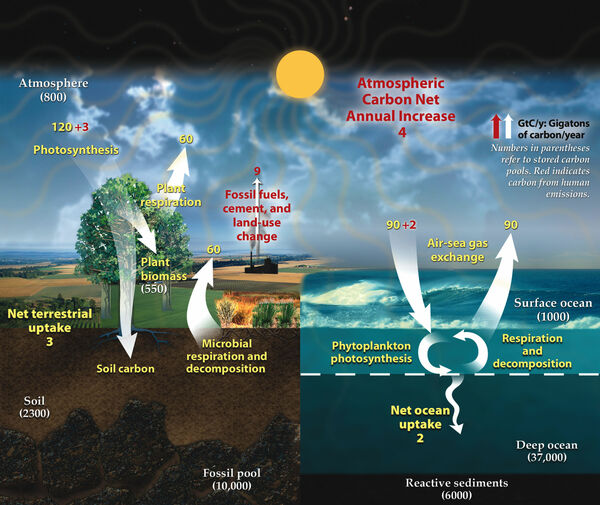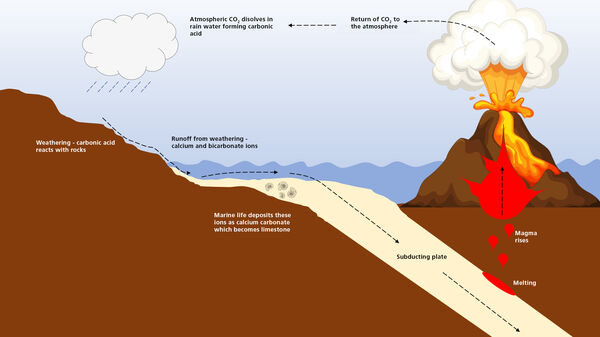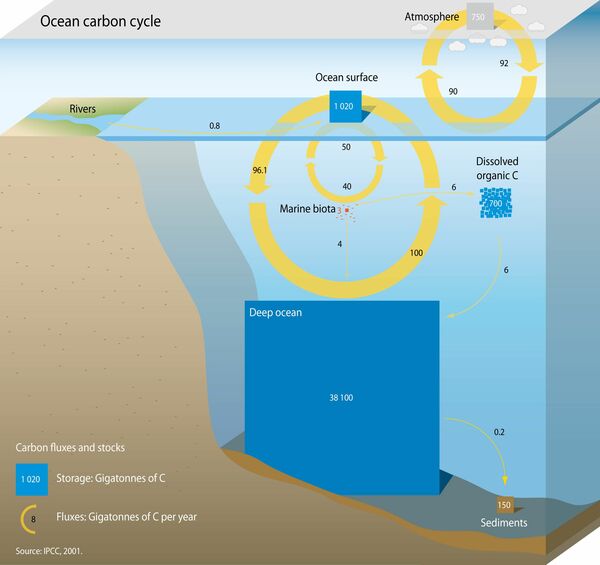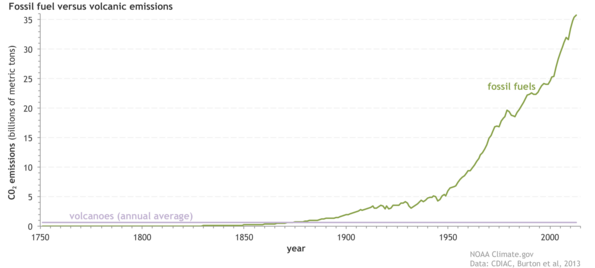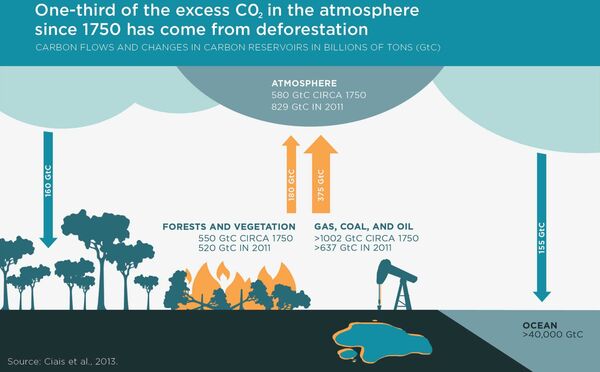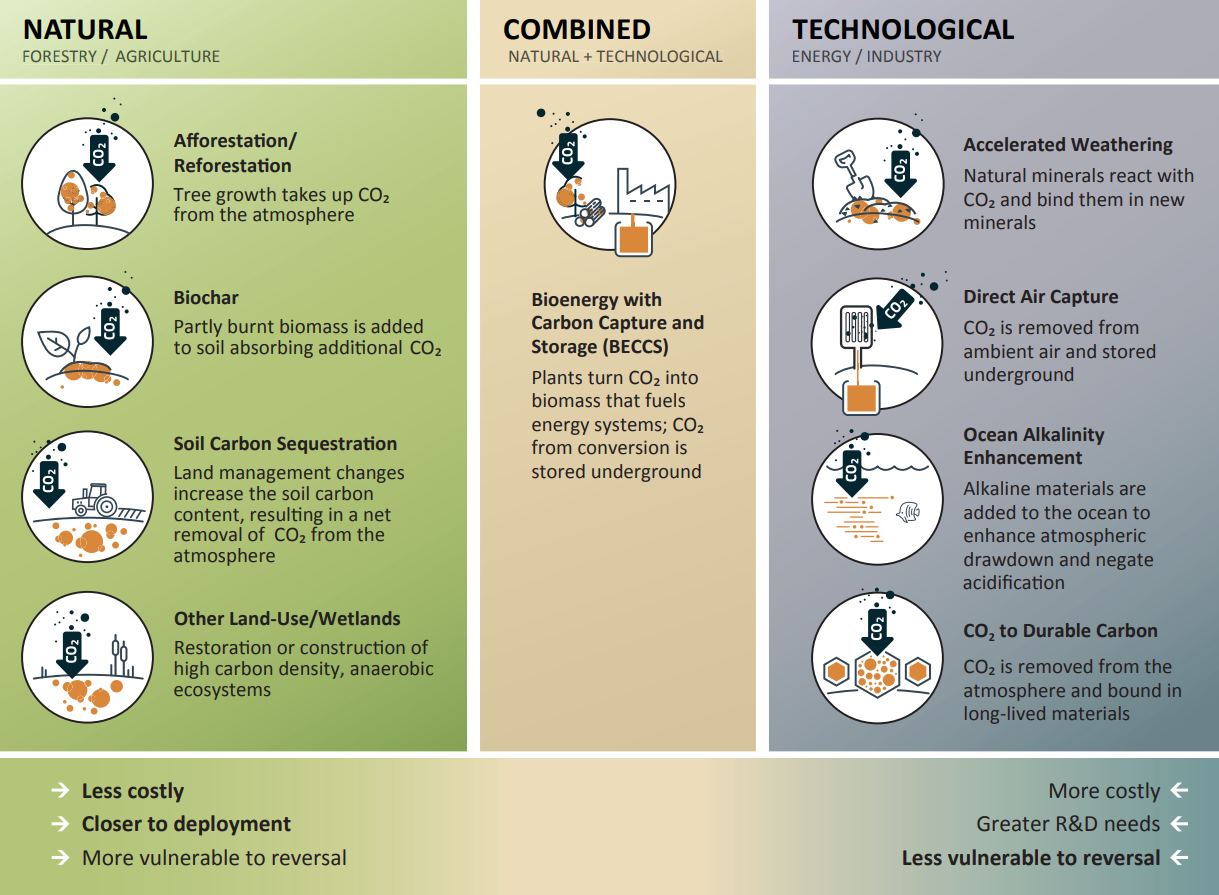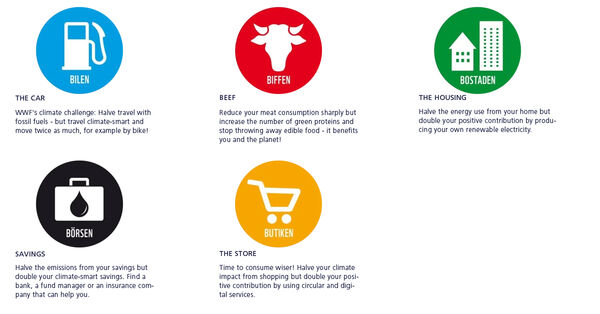
The carbon station
The world is facing major challenges in the transition to a climate-smart energy balance. While humanity has an enormous need for energy, it is equally important that we can deliver it in a sustainable way. We need to think about how we balance our energy sources and how we consume energy, while taking into account the Earth's natural carbon cycles.
The purpose of the carbon station is for all visitors to have an experience that burning fossil fuels is the cause of the global warming that is currently taking place, and that the contribution of carbon dioxide to the atmosphere is small but significant, compared to the natural processes. The second purpose of the coal station is to show that, together, we can achieve that the earth's average temperature comes into balance. This work is going on all over the world today, among politicians, researchers, companies, associations and you and me.
Do like this:
The carbon station consists of models of natural carbon cycles, an oil pump, fossil-free energy sources, carbon dioxide lowering measures and an (annoying) volcano.
The experiment is done in groups and your task is to get the earth's average temperature in balance.
- Try to activating the energy sources, with different combinations. In some combinations, the average temperature of the earth can come into balance.
- This is shown on the thermometer, in the form of a floating globe.
- Try to keep the floating globe in balance within the range of 14-16 ° C for 20 seconds.
The different carbon cycles
The biological carbon cycle has a very fast circulation rate compared to the geological cycle. Whereas the biological cycle is complete with the life span of a living organism, the geological cycle regards the formation and weathering of rocks – a very slow process – and so the circulation rate of the geological carbon cycle can take around 600 million years!
This means that there is much more carbon bound within the geological cycle, but also that changes in the carbon distribution can be noticed much faster in the biological cycle.
It is important to study both cycles so that we can understand how coal is transported in the short term (biologically) and over millions of years (geologically), and how this affects our climate.
Source: NASA Earth Observatory. (Diagram adapted from U.S. DOE, Biological and Environmental Research Information System.)
The Geological carbon
The Geological carbon cycle is very slow, and the cycle can take many millions of years. To describe the geological carbon cycle, you can imagine a carbon atom from being released from a volcano in the form of carbon dioxide. Once in the atmosphere, the carbon dioxide will react with water and form carbonic acid. Carbonic acid is a weak acid, but it is significant in the weathering of mountain ranges. The coal is, among other weathering products, transported by rivers and streams to the groundwater or out to sea. From here, the carbon can then be released into the atmosphere as carbon dioxide again, or chemically react with other elements (for example calcium) to form new rock. Or it can be transferred to the biological carbon cycle as organic material.
From a climate perspective, weathering can be interesting, as the amount of carbon in this cycle increases the more weathering that takes place. This reduces the amount of carbon (dioxide) in the atmosphere and limits the greenhouse effect.
The Oceans
The Oceans are also important for the global carbon cycle. When waves form bubbles at the surface, carbon dioxide is transferred between the water and air (through diffusion). As carbon dioxide reacts with water, it forms carbonic acid and carbonates that sink and are stored deeper in the ocean. Marine organisms are also involved in the marine carbon cycle, albeit in a smaller extent and with a shorter cyclicity.
The oceans also see photosynthesis and respiration, just like the biological carbon cycle on land, which means carbon dioxide is both absorbed and emitted. There are, however, no forests in the oceans, but instead carbon dioxide is turned into biomass by phytoplankton. These plankton then become food for zooplankton, fish, and other marine organisms. Organic matter that is not consumed falls to the sea floor and excess carbon is stored in sediments.
Oceans are among the largest carbon reservoirs of our planet and a majority of the carbon is chemically stored in carbonates in the deep sea. Unlike in the terrestrial carbon cycle, living organisms contain a very small part of the total ocean carbon. This is largely due to the fact that marine organisms decompose much faster than organic matter on land, such as tree trunks.
Source: IPCC 2001; https://www.grida.no/resources/7555. Creative commons.
The Biological carbon
The Biological carbon cycle is fast and is often complete within a few years (although some trees may store carbon in over a thousand years). Because carbon is a building block for all living organisms, they are significant for the biological carbon cycle. Perhaps the most aspect in this is the ability of plants to photosynthesise, that is, to absorb carbon dioxide from the atmosphere and use it to form biomass and oxygen. When we consume vegetables for energy, their stored carbon is transferred to our bodies and is stored as biomass in us instead. This way carbon is transported through the food webs.
Plants also transport some of their absorbed carbon underground to their roots, where fungi and bacteria can use it for energy. A lot of carbon is thus transferred to and stored in the soil. Moreover, plants also make use of carbon in their cellular respiration, releasing carbon dioxide back to the atmosphere.
Decomposition is another noteworthy aspect of the biological carbon cycle. When plants and animals die, other organisms (primarily fungi and bacteria) contribute to their decay and take up the excess carbon. By means of the decomposition, biomass is converted into organic compounds, inorganic nutrients, and carbon dioxide – returning carbon to the atmosphere.
Volcanoes and climate
Volcanoes emit various gases, including carbon dioxide and sulphur dioxide, as they escape the hot magma – a process called outgassing. This sometimes occurs in huge volcanic eruptions, but most often the gases leak out slowly, either directly into the air through natural "chimneys" or porous rock, or into water through underwater volcanoes, hot springs, or volcanic lakes.
Volcanoes may affect climate, but usually over fairly short time spans and in limited geographical areas. During major volcanic eruptions, large amounts of gases are released and accumulate high in the stratosphere, along with ashes and other particles. Here, emissions of the gas sulphur dioxide (SO2) may react with water vapor (H2O), forming sulphuric acid (H2SO4) that rapidly condenses and forms small particles (called aerosols). When there are a lot of aerosols and other particles in the air, they can block the sunlight so that the immediate area experiences a cooling effect. However, such particles will usually fall down again within a few days or weeks.
We know that carbon dioxide is closely related to temperature, and large volcanic eruptions emit large amounts of carbon dioxide, that may contribute to the greenhouse effect. However, volcanoes emit much less carbon dioxide than humans do. Even if you add up all carbon dioxide emissions from all volcano-related activity in modern times, it still does not come close to how much carbon dioxide we humans have emitted by using fossil fuels in the same time frame.
Source: NOAA, https://www.climate.gov/media/7289
Fossil fuels
Our use of fossil fuels has added a new pathway for how carbon is transferred between the different carbon cycles, directly releasing carbon stored in the ground into the atmosphere as carbon dioxide. When we burn forests and use fossil fuels, we move coal from the slow geological cycle to the fast biological cycle. This way, an imbalance is created in the global carbon budget, where more carbon dioxide is released than is absorbed and the carbon dioxide content in the atmosphere increases. Historically, increased carbon dioxide levels have led to drastic climate change and mass extinctions.
Source: Center for Global Development (Ciais et al. 2013), https://www.cgdev.org/blog/what-if-we-had-safe-and-natural-way-capture-and-store-carbon
Initiatives and solutions
To limit human impact on the climate and to slow down rising temperatures and carbon dioxide levels, many of the world's countries have agreed to reduce emissions and decrease the use of fossil fuels. Sweden is also a part in the major climate agreement that was signed in Paris in 2015, commonly known as the Paris Agreement. One of the most important goals of the agreement is to keep the rise in mean global temperature to below 1.5 ºC (compared to today's average temperature of around 14.5 ºC).
In addition to large-scale political decisions and agreements, a lot of work is also being done on strategies for absorbing carbon dioxide from the atmosphere, for example through changes and increased efficiency in agriculture, and through technological solutions. Some strategies that are being implemented are reforestation, limited deep ploughing and winter-green agricultural fields, or directly capturing carbon dioxide from the air and storing it underground. Some solutions are easy and cheap, others are expensive and difficult, and scientists, engineers and businesses collaborate on a broad front to come up with new, effective ways to mitigate climate change.
What can I do?
To achieve our collective climate goals by reducing emissions and limit the effects of global warming, there is a lot we can do to help.
Air travel is for many of us the biggest source of emissions that we can easily reduce. Traveling less is a great way to reduce your climate impact. Travelling by train and other public transport is also always better than using a car that runs on fossil fuel. If you need to by a car, it is better to carpool and use an eco-friendly vehicle.
Eating less meat – especially red meat (beef, pork, lamb, and game) – is also a very effective way to reduce our emissions. Eating more vegetarian food is very positive for the climate.
Almost everything we buy also affects the climate, both when the items are produced, and during the transport to stores or to our homes. Therefore, it is good to think twice before buying new things. For example, you can often repair and reuse clothes, or shop second-hand. And if you do need to throw something away, it's always best to leave it for recycling.
Source: WWF (Swedish site), https://www.wwf.se/klimat/det-har-kan-du-gora/
What can I do? (pdf 34 kB, text only, new tab).

